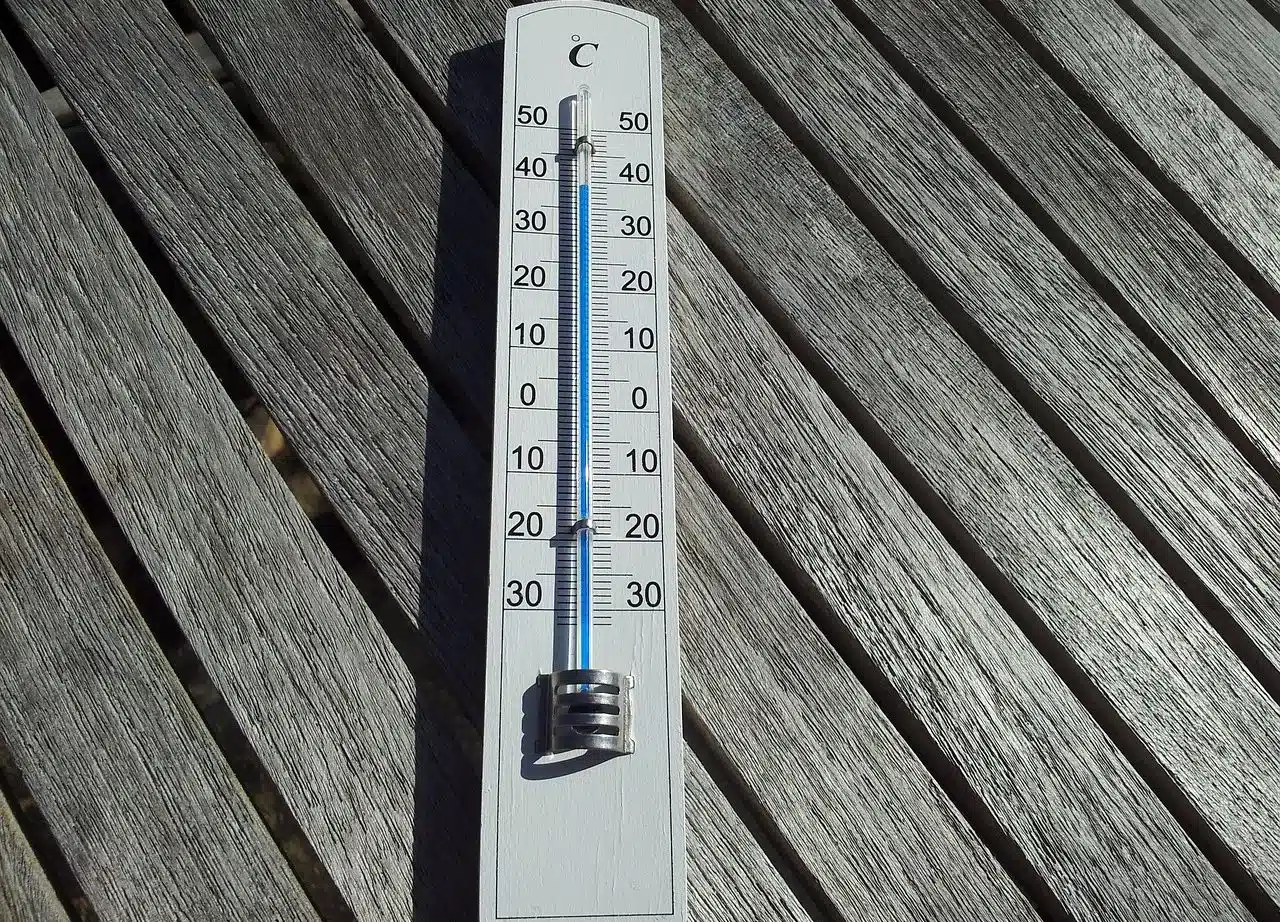
The thermal amplitude is the difference between the minimum temperature and the maximum temperature recorded at a site during a certain time.
The thermal amplitude is the difference that exists between the minimum temperature and the maximum temperature that is recorded in a place during a certain time . In other words, it reveals how much the temperature varies at a location over a period.
Before analyzing the concept in depth, it is important to study the etymological origin of the two words that give it shape. In this sense, we can state the following:
- Amplitude derives from the Latin amplitudo , which can be translated as “the quality of being extensive.” It is a term that is made up of two different parts: the adjective amplus , which is synonymous with “wide” or “extensive” , and the suffix -tud , which is used to indicate “quality” .
- Thermal is a word that comes from a Greek word that means “related to heat.” It is obtained from the union of two elements: the adjective thermos , which is “hot” , and the suffix -ico , which is equivalent to “relative to” .
Among the multiple uses of the term amplitude , on this occasion we are interested in staying with its meaning as the difference between a minimum value and a maximum value that can be registered numerically . Amplitude, in this sense, refers to a range or an interval . Thermal , for its part, is an adjective that refers to temperature or heat .
Examples of thermal amplitude
In general, the thermal amplitude indicates how many degrees of difference there is between the coldest moment and the warmest moment of a day. Suppose that on April 14, 2011 , in a city The thermal amplitude of that day, in that place, was 13º C.
It is also common for the thermal amplitude to be measured according to the average values over a long time. In the last decade, a country has recorded an average minimum temperature of 8º C and an average maximum temperature of 23º C. In this way it can be said that the thermal amplitude of the nation is 15 º C.
In Spain , to mention one case, it can be established that the places with a lower thermal amplitude are the Canary Islands , part of Galicia as well as areas of Asturias and Cantabria .

Multiple factors affect the thermal amplitude.
Factors that determine it
It should be noted that the thermal amplitude depends on several factors beyond temperature , such as winds and humidity .
In the same way, it must be taken into consideration that the existence of certain elements that are close to the place where the thermal amplitude is measured also influences this thermal amplitude. We are referring, specifically, to the nearby existence of large masses of water , such as the sea, since they interfere with heat conductivity and what is also known as heat capacity.
Cloud cover, in the same way, influences the thermal amplitude because it hides the sun, as do the mountains and other systems framed within the topography.
